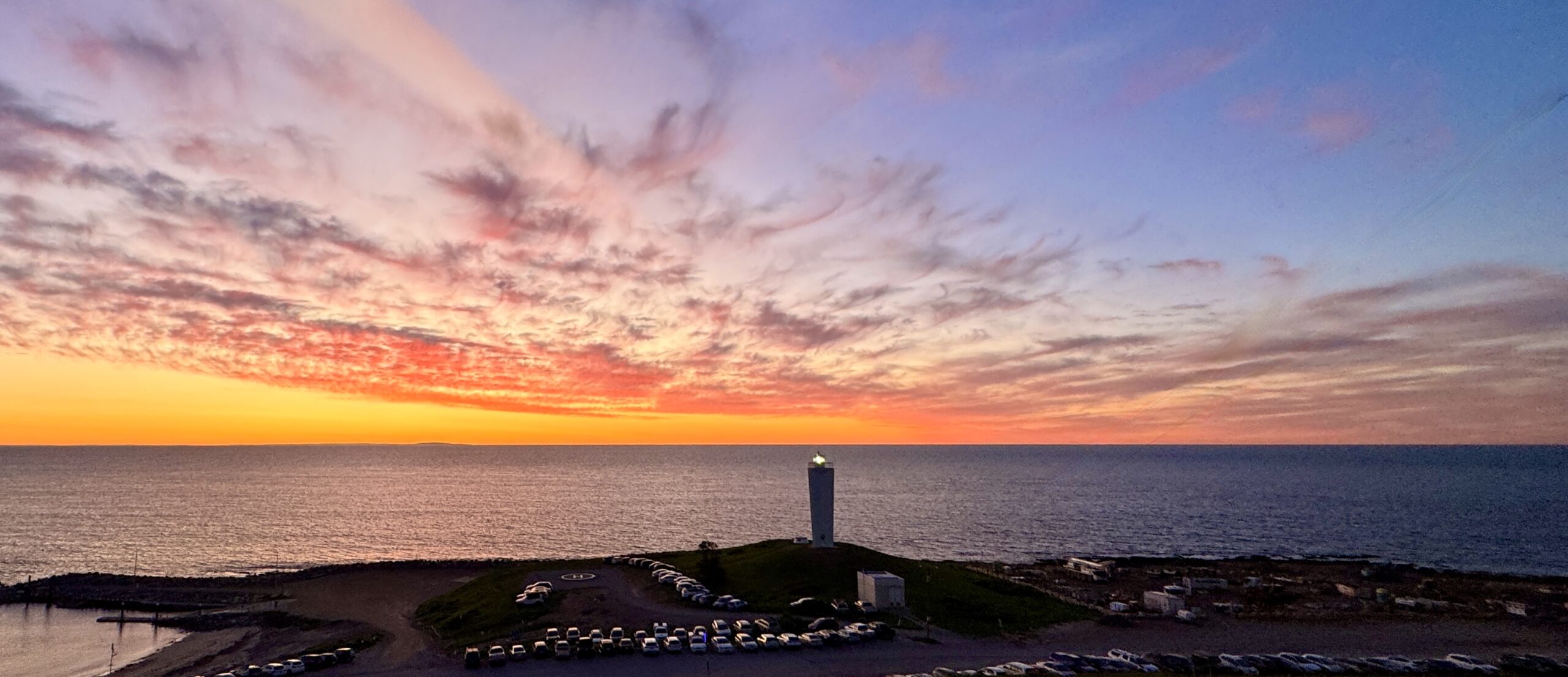
Cape Jervis Lighthouse, built in 1871 at the tip of South Australia’s Fleurieu Peninsula, guards the strategically vital Backstairs Passage between the mainland and Kangaroo Island at the entrance to Gulf St Vincent. This location, known as “Lands End,” commands one of South Australia’s most critical maritime passages where vessels must navigate the narrow strait that provides protected access to Adelaide and the state’s southern regions.
The maritime significance of Cape Jervis emerged during the earliest phase of European exploration when Matthew Flinders circumnavigated Australia in 1802, naming the cape after John Jervis, the First Lord of the British Admiralty, while declaring the passage “forms a private entrance, as it were, to the two gulphs.” The establishment of South Australian settlement created urgent demands for reliable navigation aids through Backstairs Passage, particularly as maritime traffic increased between Adelaide and the developing southern regions.
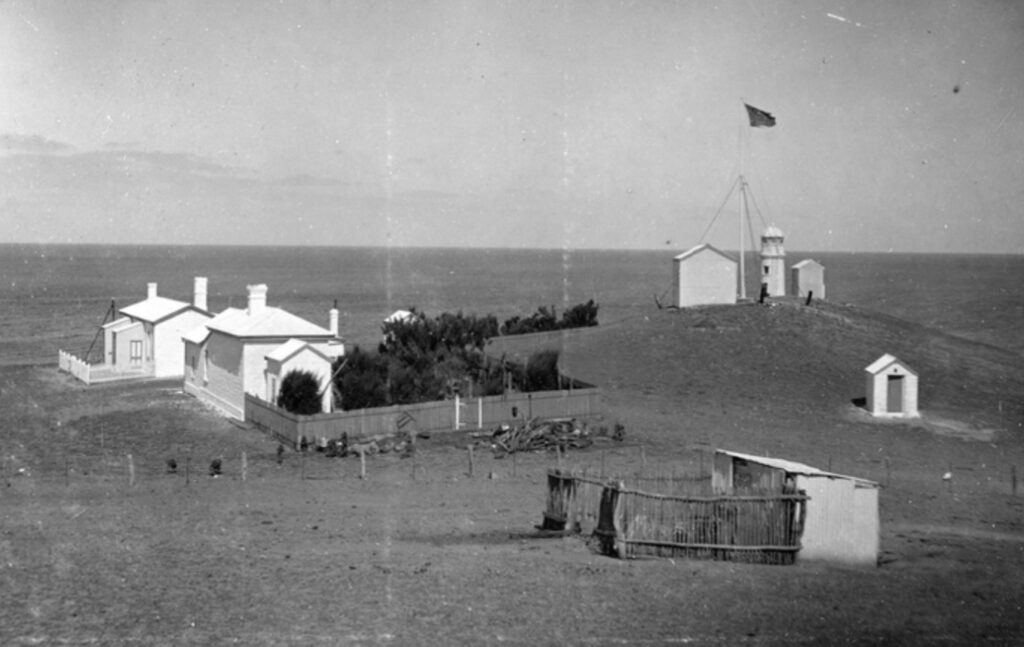
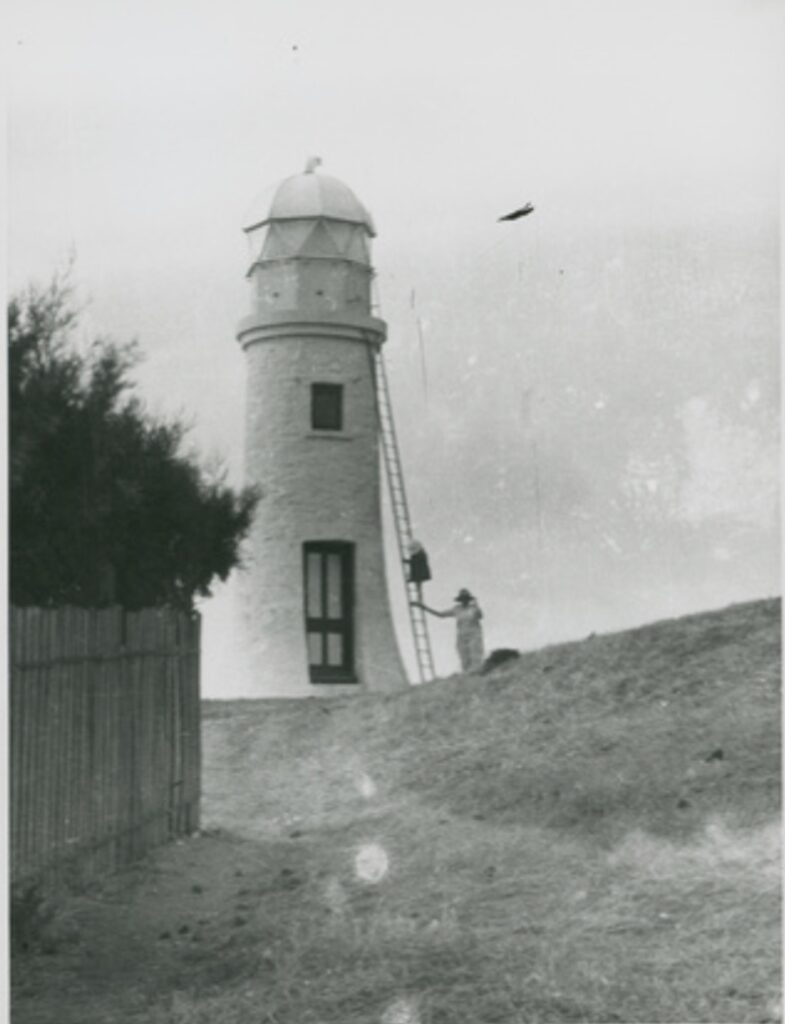
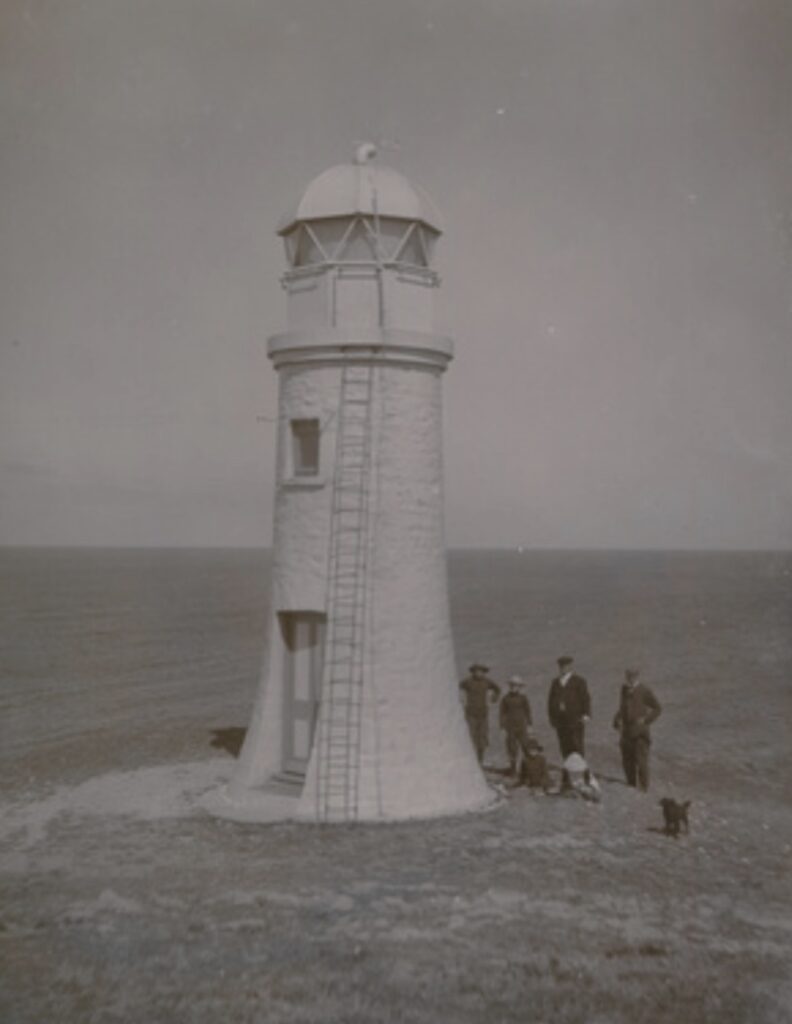
The complex waters around Cape Jervis and Kangaroo Island presented extraordinary navigational challenges, evidenced by the more than 50 shipwrecks that occurred around Kangaroo Island since first settlement in 1836. These maritime disasters necessitated the establishment of multiple lighthouses throughout the region, with Cape Jervis becoming the third lighthouse built in South Australia, following Cape Willoughby in 1852 and Cape Borda in 1858.
The original lighthouse, first illuminated on 10 August 1871, stood 23 feet high and displayed a fixed white light visible for 10 miles using a kerosene wick burner lamp. Two lighthouse keepers lived in nearby cottages, maintaining the essential navigation aid that guided vessels safely through the treacherous passage. The lighthouse underwent technological upgrades reflecting advancing lighthouse technology: in 1910, the original kerosene wick burner was replaced with an incandescent kerosene vapour apparatus providing 3000 candela intensity, significantly improving visibility and reliability.
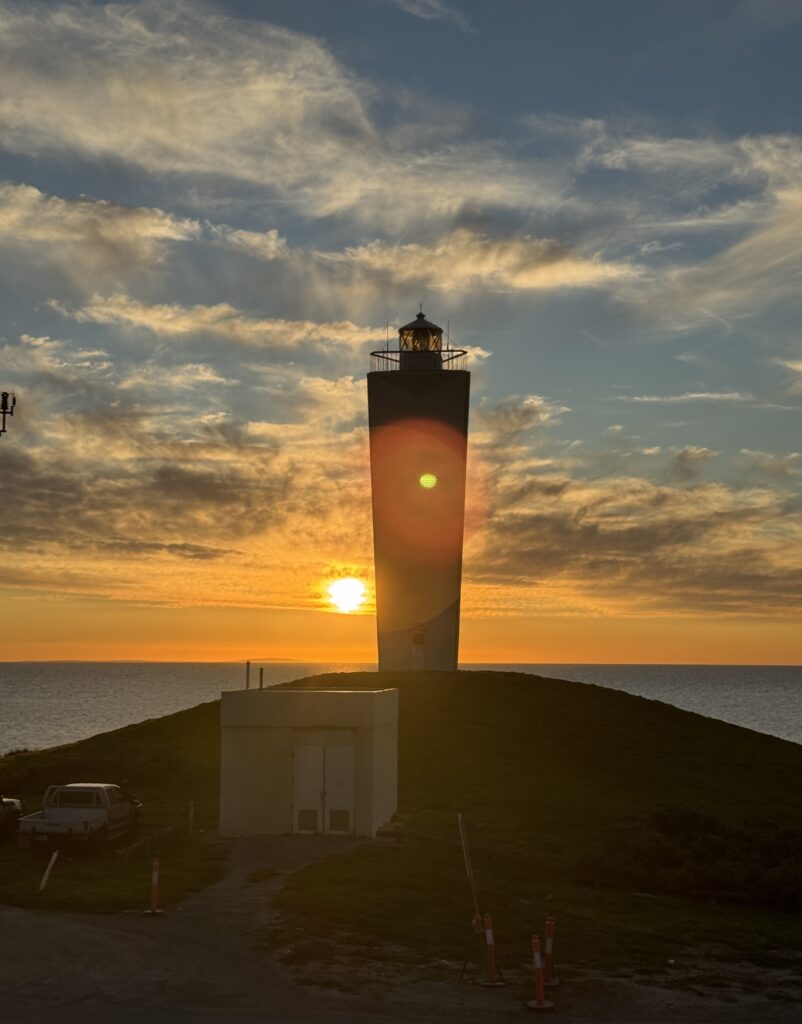
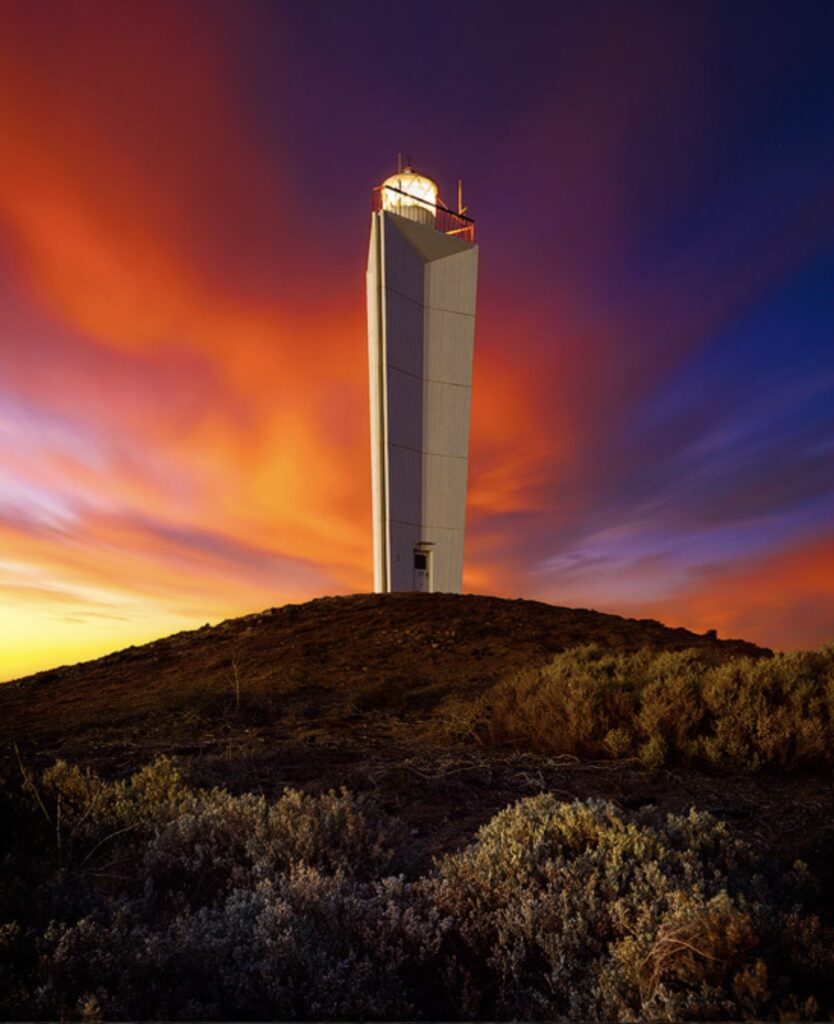
In 1927, the lighthouse transitioned from manned to automated operation when it was converted to an automatic acetylene gas unit with a revolving light, extending its range to 14 miles while eliminating the need for resident keepers. This conversion reflected broader trends toward lighthouse automation that reduced operational costs while maintaining essential navigation services.
The lighthouse’s strategic importance continued throughout the 20th century, though changing maritime traffic patterns and advancing technology eventually necessitated modernisation. In 1972, the original tower was demolished and replaced by a new automated lighthouse built alongside the foundations of its predecessor. The replacement lighthouse features an identical design to the contemporaneous Robe Lighthouse, representing standardised modern lighthouse architecture that prioritised efficiency and automated operation.
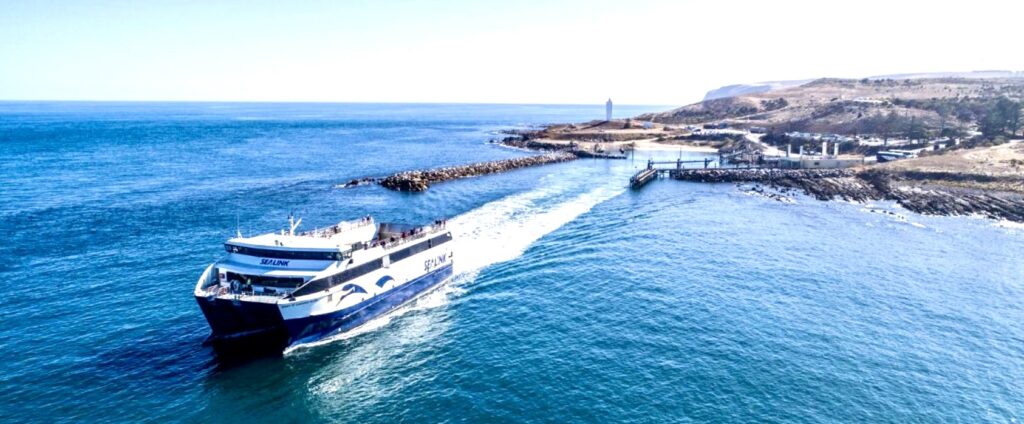
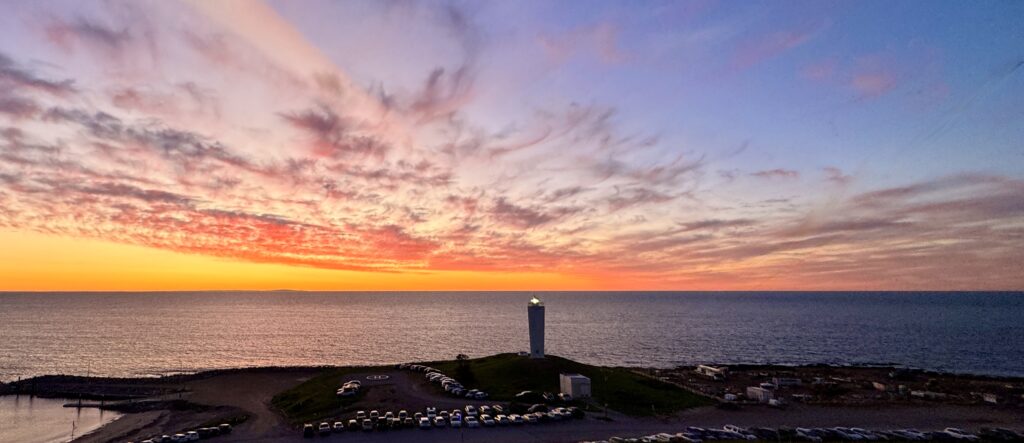
The current lighthouse stands 22 metres above sea level with a range of 18 nautical miles, providing comprehensive coverage of vessel approaches through Backstairs Passage. Its modern optical systems and automated operation ensure continued protection for maritime traffic while eliminating the operational complexities associated with staffed lighthouse stations in remote locations.
Cape Jervis Lighthouse continues operating as a vital navigation aid protecting vessels navigating one of South Australia’s most important maritime passages, representing the successful evolution from colonial-era navigation assistance to sophisticated automated systems that maintain essential safety services while adapting to modern operational requirements.
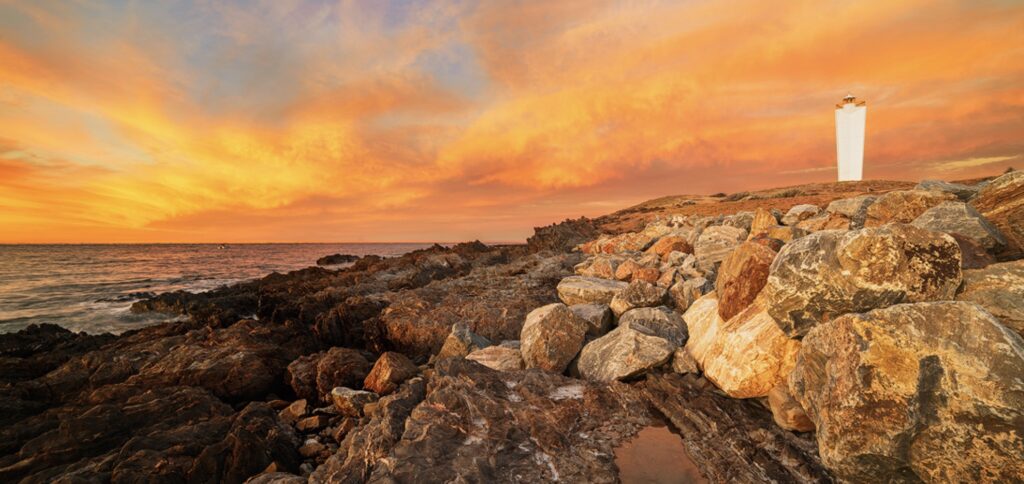
Technical Specifications – Cape Jervis Lighthouse
Original Lighthouse (1871-1972): First Exhibited: 10 August 1871
Decommissioned: 1972
Tower Height: 23 feet (7 metres)
Light Source: Kerosene wick burner (1871-1910), incandescent kerosene vapour apparatus (1910-1927), automatic acetylene gas unit (1927-1972)
Light Characteristic: Fixed white light (1871-1927), revolving light (1927-1972)
Range: 10 miles (1871-1927), 14 miles (1927-1972)
Intensity: 3000 candela (1910-1972)
Keepers: Two lighthouse keepers until 1927 automation
Current Lighthouse (1972-present): First Exhibited: 1972
Status: Active (Automated)
Location: Cape Jervis, Fleurieu Peninsula, South Australia (Lands End headland)
Construction: 1972, twin design to Robe Lighthouse
Tower Height: Modern concrete tower
Focal Elevation: 22 metres above sea level
Range: 18 nautical miles
Current Operator: Australian Maritime Safety Authority (AMSA)
Notable Features: Third lighthouse built in South Australia; guards critical Backstairs Passage; replacement built alongside original foundation; twin design to Robe Lighthouse; automated from construction; serves gateway to Kangaroo Island